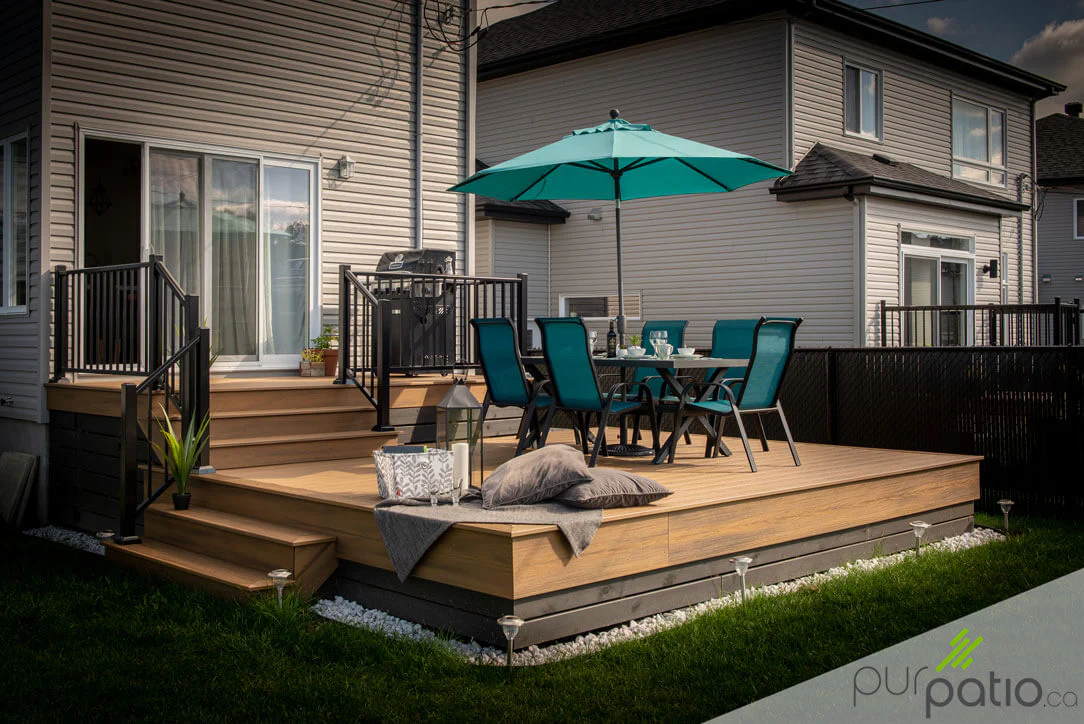Introduction: Why Home Decor Matters in 2025
Your home is your sanctuary — a place that reflects your personality, style, and values. As lifestyles evolve in 2025, home decor is no longer just about filling rooms with furniture; it’s about creating meaningful, comfortable, and inspiring spaces that nurture wellbeing and creativity.
From boosting mental health through soothing colors to smart designs that optimize limited space, decorating your home thoughtfully can elevate every aspect of daily life. In this comprehensive guide, we’ll walk you through the essential elements, trends, and techniques that define modern home decor.
Understanding Your Style: Find Your Home Decor Identity
Before diving into decorating, understanding your style preferences ensures the space truly feels yours. Here are the most popular styles:
-
Modern Minimalist: Clean lines, neutral tones, uncluttered spaces.
-
Bohemian: Eclectic mix of colors, patterns, and textures celebrating individuality.
-
Scandinavian: Functionality meets coziness with light hues and natural materials.
-
Industrial: Raw textures, exposed brick, metallic finishes.
-
Traditional: Classic furniture, warm colors, elegant details.
How to discover your style? Browse magazines, create Pinterest boards, visit showrooms, or reflect on your favorite places and feelings.

Kitchen Design
Essential Elements of Home Decor
Great home decor balances multiple key elements harmoniously:
Color Palette
Colors set the atmosphere — calming blues, energizing yellows, or grounding earth tones. Use the 60-30-10 rule: 60% dominant color, 30% secondary, 10% accent.
Furniture
Choose pieces that offer comfort and align with your style. Consider scale and proportion — avoid overcrowding.
Textures and Fabrics
Mix smooth, rough, soft, and shiny textures to add depth and tactile interest.
Lighting
Layer ambient, task, and accent lighting to create versatile moods.
Accessories
Personalize with art, plants, textiles, and unique objects telling your story.
Trending Home Decor Styles in 2025
Stay on the cutting edge with these trends shaping interiors this year:
-
Sustainable Materials: Bamboo, reclaimed wood, recycled metals dominate.
-
Biophilic Design: Bringing nature indoors with plants, natural light, and organic shapes.
-
Multifunctional Spaces: Flex rooms blending work, play, and relaxation.
-
Warm Neutrals: Soft earth tones that create inviting calm.
-
Textured Walls: Grasscloth wallpaper, plaster finishes, woven panels add dimension.
Choosing the Right Colors for Your Home
Colors influence mood, productivity, and social interaction. Here’s a quick guide:
-
Warm Colors (reds, oranges): Invigorate and stimulate social interaction.
-
Cool Colors (blues, greens): Calm and soothe, perfect for bedrooms or study areas.
-
Neutrals (beige, gray): Versatile backdrops that complement accents.
Try test swatches, observe natural light, and consider adjoining rooms to harmonize colors.
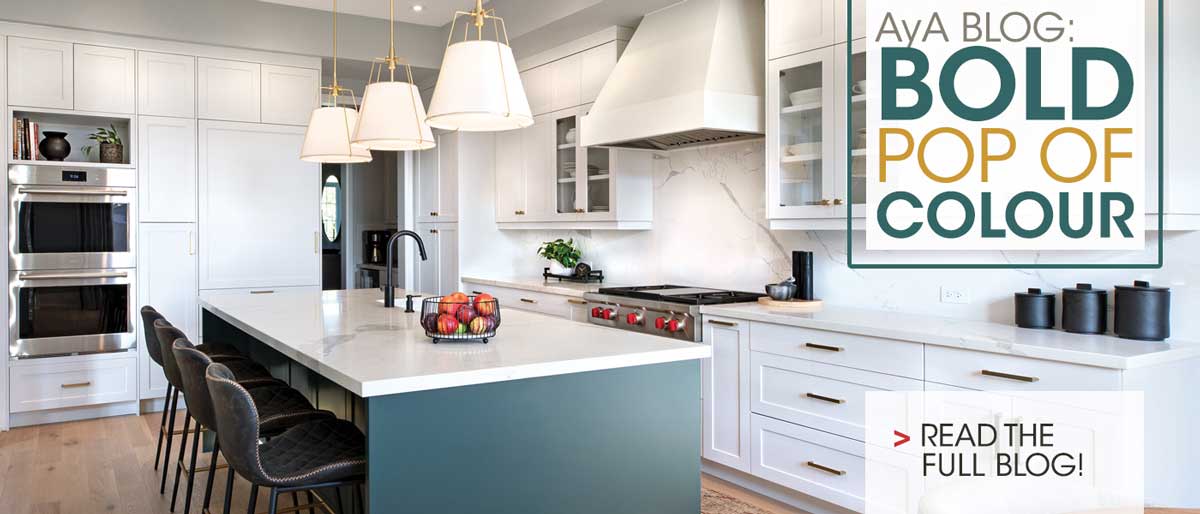
Kitchen Lighting Trends and Solutions in 2025”
Furniture Selection: Function Meets Aesthetics
Invest in quality furniture that balances function and style:
-
Prioritize pieces with durability and comfort.
-
Mix modern and vintage for character.
-
Consider modular furniture for flexibility in small spaces.
-
Match scale to room size—too large overwhelms; too small feels lost.
Lighting Design Tips for Every Room
Proper lighting enhances mood and functionality:
-
Ambient Lighting: Ceiling fixtures, chandeliers, or recessed lights.
-
Task Lighting: Desk lamps, kitchen under-cabinet lights.
-
Accent Lighting: Spotlights on artwork, wall sconces.
Use dimmers for flexibility and layer light sources.
Incorporating Art and Accessories
Art personalizes your space:
-
Choose art that resonates emotionally.
-
Mirrors expand visual space and bounce light.
-
Use plants for natural color and improved air quality.
-
Balance accessories to avoid clutter.
Sustainable and Eco-Friendly Home Decor
In 2025, sustainable home decor is no longer a trend but a responsibility. More homeowners are opting for eco-friendly choices that reduce environmental impact while creating stylish, comfortable spaces.
Why Choose Sustainable Decor?
Sustainability helps reduce waste, conserve resources, and promote healthier indoor air quality. Plus, using natural, renewable materials adds warmth and authenticity to your home.
Popular Sustainable Materials
-
Bamboo: A fast-growing, renewable resource perfect for flooring and furniture.
-
Reclaimed Wood: Gives character and reduces deforestation.
-
Organic Fabrics: Such as organic cotton, hemp, and linen.
-
Low-VOC Paints: Reduce harmful fumes and improve indoor air.
Tips for Eco-Friendly Decorating
-
Invest in durable, long-lasting furniture instead of fast furniture.
-
Use energy-efficient LED lighting to cut electricity use.
-
Repurpose and upcycle existing pieces creatively.
-
Support local artisans who use sustainable methods.
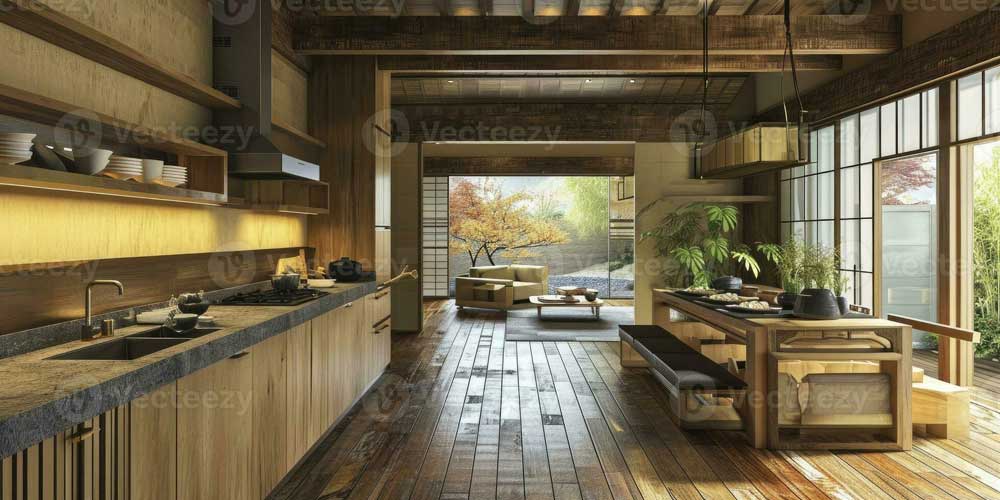
ai-generated-japanese-style-kitchen-interior-photo-(2)
DIY Home Decor Projects to Personalize Your Space
DIY projects empower you to add a unique personal touch without breaking the bank.
Easy and Impactful Ideas
-
Create picture frames from reclaimed wood.
-
Paint or refinish old furniture with fresh, trendy colors.
-
Sew your own cushion covers or curtains with fabrics you love.
-
Build simple indoor herb gardens or terrariums to bring greenery inside.
Why DIY?
DIY not only saves money but also gives a satisfying sense of accomplishment and individuality.
Common Home Decor Mistakes to Avoid
Even the best design intentions can go wrong if common pitfalls aren’t avoided.
Mistakes to Watch For
-
Overcrowding: Filling your space with too much furniture or decor can feel chaotic.
-
Poor Lighting: Insufficient or harsh lighting ruins the ambiance.
-
Clashing Colors: Uncoordinated color schemes create visual stress.
-
Wrong Scale: Furniture that’s too big or too small disrupts flow.
-
Sacrificing Functionality: Prioritizing looks over usability can hurt daily comfort.
Seasonal Home Decor Ideas
Refreshing your decor with the seasons keeps your home lively and inviting.
Spring
-
Soft pastels and fresh florals.
-
Lightweight throws and sheer curtains.
-
Natural scents like jasmine or lavender candles.
Summer
-
Nautical blues and whites.
-
Light, breathable fabrics and outdoor-friendly furniture.
-
Indoor plants for vibrant life.
Autumn
-
Warm earth tones like burnt orange and deep browns.
-
Cozy throws, pillows, and layered textures.
-
Decorative pumpkins and rustic accents.
Winter
-
Cool metallics and jewel tones.
-
Twinkling fairy lights and warm rugs.
-
Plush cushions and thick curtains for insulation.
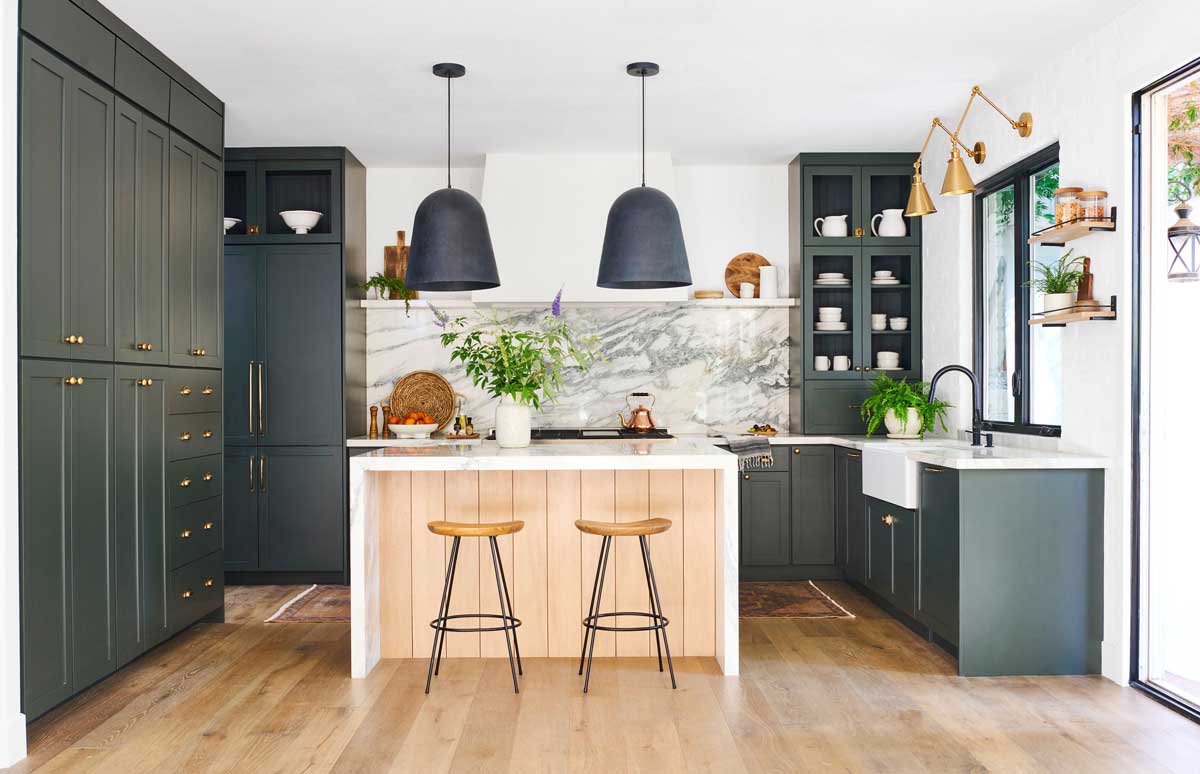
Home Decor & Design – Kitchen and Dining room
How to Budget for Your Home Decor Project
Decorating your home should align with your financial plans.
Budgeting Steps
-
Identify priorities: furniture, paint, accessories.
-
Research costs to set realistic targets.
-
Allocate funds with flexibility for unexpected expenses.
-
Use DIY projects to cut costs smartly.
Money-Saving Tips
-
Invest in timeless pieces rather than fast trends.
-
Shop sales and outlet stores.
-
Mix high and low-cost items for balance.
Smart Home Decor: Integrating Technology
Smart technology enhances not only convenience but also the aesthetics of your home.
Useful Gadgets
-
Smart Lighting: Customize colors, brightness, and schedule remotely.
-
Smart Thermostats: Maintain comfort while saving energy.
-
Security Systems: Modern cameras and sensors for peace of mind.
-
Voice Assistants: Control lighting, music, and appliances hands-free.
Blending Tech with Style
Choose devices with sleek designs that complement your decor, and hide cords and bulky units to maintain clean lines.
Tips for Decorating Small Spaces
Small homes require creative solutions to feel spacious and functional.
Strategies That Work
-
Opt for multifunctional furniture like fold-out beds and nesting tables.
-
Use mirrors to visually expand space.
-
Stick to light, neutral color palettes.
-
Maximize vertical storage with shelves and hooks.
-
Keep clutter minimal and well-organized.
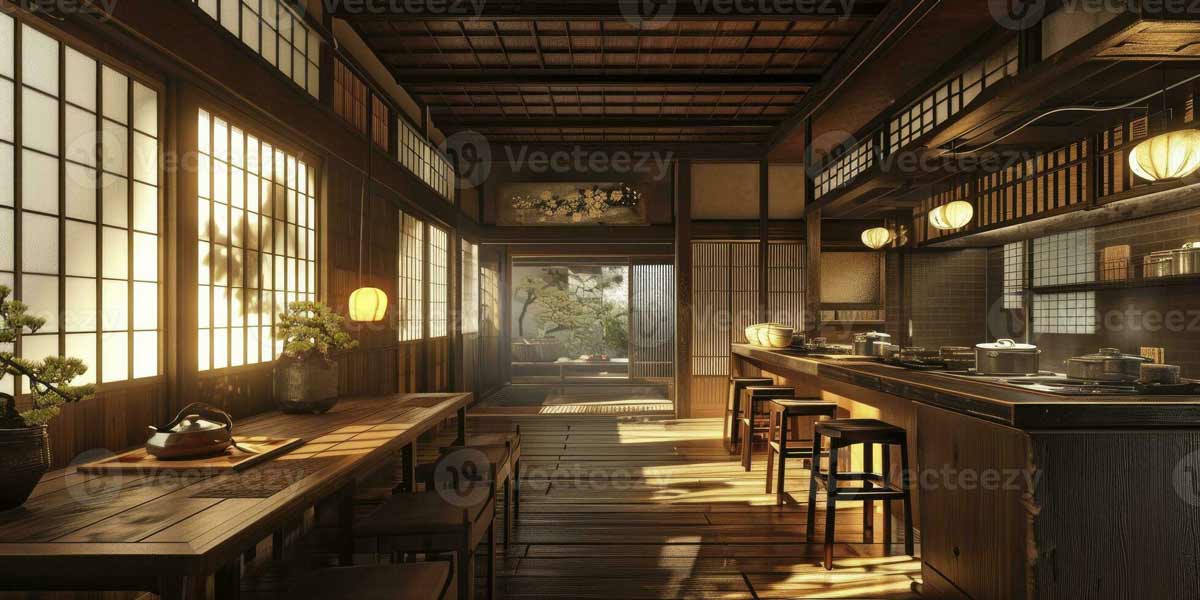
Kitchen Lighting Trends and Solutions in 2025”
Summary Table: Key Takeaways
| Topic | Key Points | Suggestions & Tools |
|---|---|---|
| Sustainable Decor | Choose renewable materials, energy efficiency | Bamboo flooring, low-VOC paints |
| DIY Projects | Personalize, save money, foster creativity | Online tutorials, thrift stores |
| Common Mistakes | Avoid overcrowding, bad lighting, clashing colors | Planning, test swatches |
| Seasonal Decor | Adapt colors and textures to each season | Swap cushions, add candles/plants |
| Budgeting | Prioritize, research, mix DIY and shopping | Set budget, monitor expenses |
| Smart Home Tech | Use lighting, thermostats, security, assistants | Philips Hue, Nest, Alexa |
| Small Space Tips | Multifunctional furniture, mirrors, light colors | Fold-out beds, wall shelves |
Organizing and Storage Solutions
A beautifully decorated home also needs to be organized. Clutter disrupts the flow and drains the calming energy your decor creates. Smart storage solutions blend style and function seamlessly.
Consider built-in shelves or stylish bookcases that double as statement pieces. Decorative baskets and boxes keep small items tucked away while adding texture. Labeling systems can help maintain order, especially in kitchens, bathrooms, and closets.
For smaller homes, vertical storage and multi-purpose furniture — like ottomans with hidden compartments or beds with drawers — maximize every inch.
Creating Outdoor and Indoor-Outdoor Living Spaces
Expanding your living area beyond four walls has become a lifestyle trend. Indoor-outdoor flow enhances natural light and invites nature’s calm into your home.
Design comfortable patios or balconies with weather-resistant furniture, plush cushions, and layered lighting such as string lights or lanterns. Incorporate plants and greenery for freshness and privacy.
Sliding glass doors or large windows help blur the lines between inside and outside, making your home feel more spacious and connected to nature.
Frequently Asked Questions (FAQ)
How do I find my home decor style?
Explore your preferences through inspiration boards, magazines, and store visits. Reflect on colors, textures, and layouts that make you feel comfortable and happy.
What are budget-friendly decorating tips?
Prioritize key pieces, use DIY projects, shop sales, and mix high-quality items with affordable accessories.
How can I mix patterns and colors successfully?
Balance bold patterns with neutrals. Use a consistent color palette across patterns to create harmony. Don’t be afraid to experiment slowly.
How do I decorate a small apartment?
Use multifunctional furniture, keep color palettes light, maximize vertical storage, and keep clutter minimal.
What lighting works best in living spaces?
Layer ambient, task, and accent lighting. Use dimmers for flexibility and choose warm light tones for coziness.
Conclusion: Making Your Home a Sanctuary
Your home is a reflection of you — a place where comfort, style, and personality converge. Thoughtful home decor is a powerful tool that transforms mere walls into a sanctuary that supports your wellbeing, inspires creativity, and welcomes loved ones.
By embracing sustainable materials, integrating smart technology, personalizing through DIY projects, and respecting functionality alongside beauty, you craft a living space uniquely yours.
Remember, home decor is a journey, not a race. Each choice adds layers of meaning and warmth. Take your time, listen to your instincts, and enjoy the process of creating a home that truly feels like home.
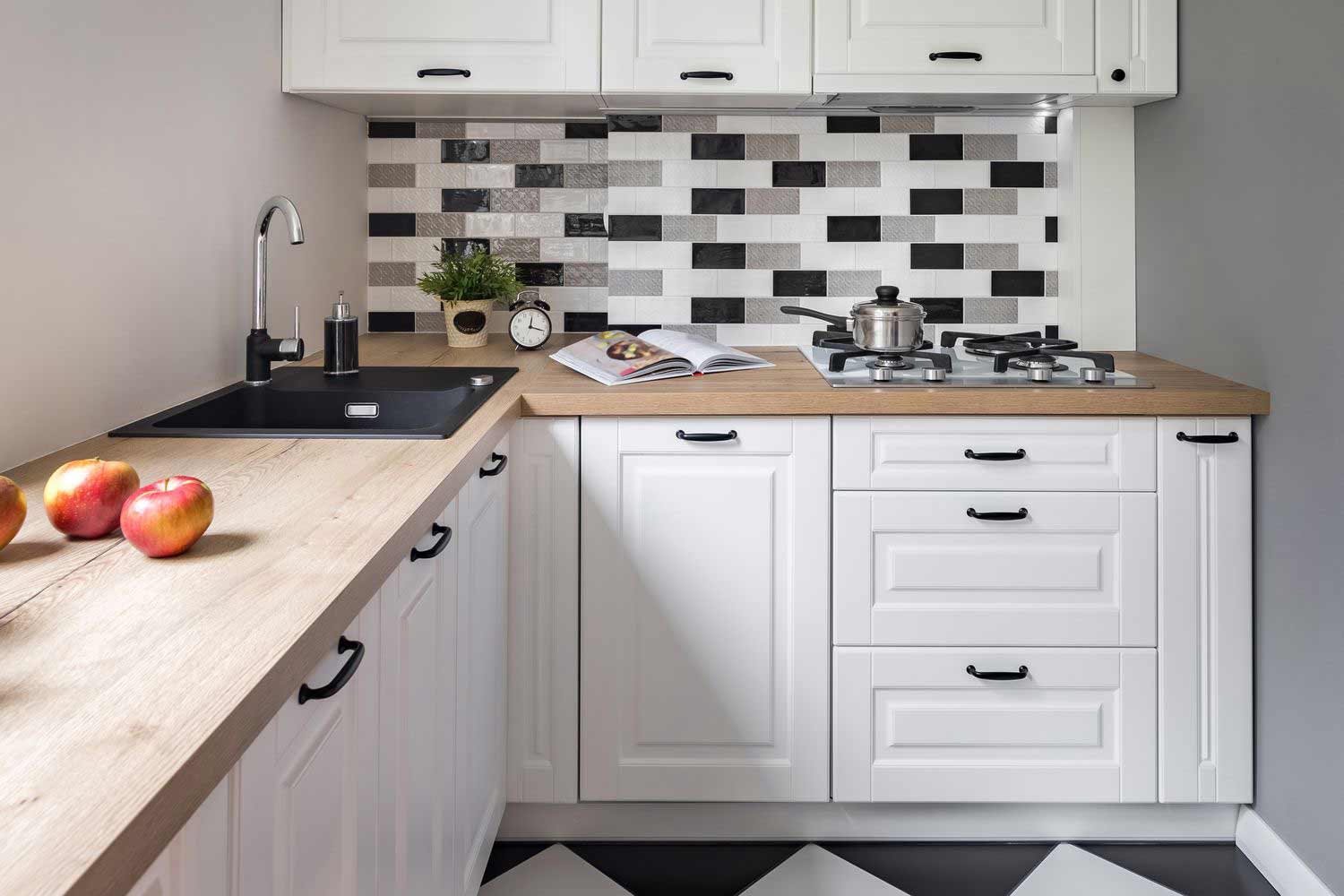
small-kitchen-ideas-lead-home
References & Resources
-
Houzz — Expert tips and trends
-
Architectural Digest — Design inspiration and news
-
Home & Garden Magazine — Seasonal ideas and DIY guides
-
Google Keyword Planner — SEO keyword insights
Bonus Section — Expert Tips & Advanced Home Decor Strategies for 2025
Mastering Texture and Layering
One of the secrets to a rich, inviting home is mastering texture. Combine soft fabrics like velvet cushions, chunky knit throws, and silky curtains with harder surfaces such as reclaimed wood tables, metal fixtures, and stone accents. Layering different textures creates depth and tactile interest that’s both visually appealing and cozy.
Incorporating Cultural and Personal Heritage
Home decor is also storytelling. Incorporate artifacts, patterns, and colors that reflect your cultural heritage or personal journey. This not only adds authenticity but also sparks conversations and emotional connections in your space.
Using Technology to Visualize Your Space
2025 is the year of AR and VR apps for home design. Tools like Houzz’s View in My Room or IKEA Place let you virtually place furniture and decor in your space before buying. This reduces guesswork, saves money, and ensures your choices fit perfectly.
Biophilic Design: Beyond Just Plants
Biophilic design connects us deeply with nature. Beyond adding houseplants, consider natural light maximization, water features like small indoor fountains, natural materials for furniture and flooring, and even artwork inspired by nature’s patterns. This approach is proven to reduce stress and improve mental clarity.
Maximizing Small Outdoor Spaces
Even if you have a tiny balcony or patio, you can create an oasis. Use vertical gardens, foldable furniture, and weatherproof textiles. Add fairy lights or lanterns for ambiance. Small fountains or bird feeders invite soothing sounds and wildlife.
Color Psychology in Decorating
Harness the power of color psychology to shape moods:
-
Blue: Calming, great for bedrooms or bathrooms.
-
Yellow: Energetic and cheerful, perfect for kitchens or creative spaces.
-
Green: Balances and refreshes, ideal for living rooms.
-
Red: Stimulating, use sparingly in dining rooms or accents.
Use these insights strategically to make your home emotionally supportive.
Sustainable Upcycling Projects
Get creative by turning old furniture or materials into statement pieces:
-
Transform wooden crates into stylish shelving.
-
Repurpose glass jars as pendant lights or vases.
-
Paint and distress vintage furniture for rustic charm.
These projects add character and help the environment.
Lighting Trends to Watch
-
Human-centric lighting: Adjusts color temperature throughout the day to mimic natural light, boosting circadian rhythms.
-
Statement fixtures: Oversized chandeliers or geometric pendants as focal points.
-
Smart ambiance control: Sync lighting with music or mood settings.
Final Pro Tips for Long-lasting Style
-
Invest in classic furniture and update accessories seasonally.
-
Don’t rush—let your space evolve over time.
-
Keep functionality at the core of every design decision.
-
Use rugs to define spaces and add warmth.


